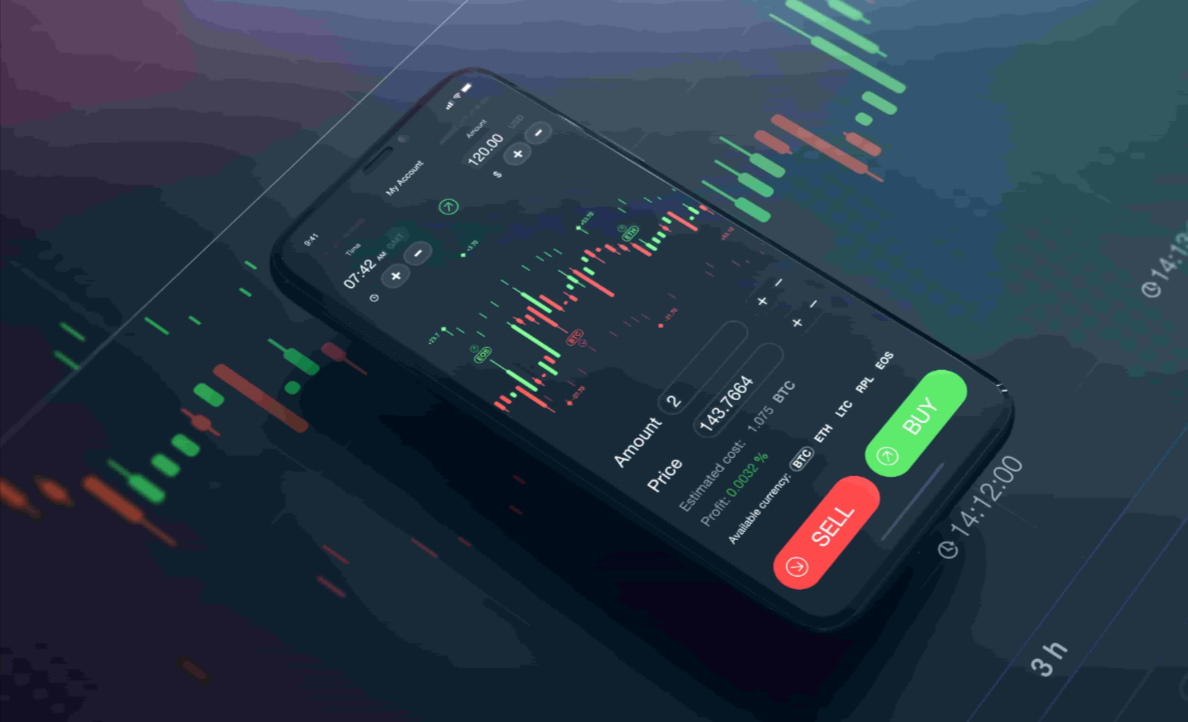Gold has been a cornerstone of the global economy for thousands of years, and its role as a reliable investment remains ever-present. Commodities trading offers investors numerous opportunities, and gold, being one of the most coveted and traded assets in the world, is an essential part of this sector. In this comprehensive guide, we will explore the ins and outs of gold trading, covering its historical significance, trading strategies, risk management techniques, and more. Whether you are a beginner or an experienced trader, this article will provide you with the knowledge to successfully navigate the gold market.
How Gold Trading Works
Gold can be traded in a variety of ways, and understanding these different methods is key to mastering gold trading. Investors have access to multiple markets and instruments that allow them to gain exposure to gold prices.
Gold Spot Market vs. Futures Market
The spot market for gold refers to the immediate purchase or sale of the metal, where the price is determined by the current market value (the “spot price”). Investors can buy physical gold or use financial instruments such as CFDs (contracts for difference) to gain exposure to price movements without owning the metal itself.
On the other hand, the futures market involves contracts where buyers and sellers agree to exchange gold at a predetermined price at a future date. Futures contracts allow traders to speculate on price movements over time, and they can be used to hedge against price risks. Gold futures are widely traded on exchanges like the COMEX in the United States and the London Metal Exchange.
Gold ETFs and Other Investment Vehicles
Gold Exchange-Traded Funds (ETFs) are an increasingly popular way for investors to gain exposure to gold prices without physically owning the metal. Gold ETFs track the price of gold and trade like stocks on major exchanges. These funds allow investors to buy and sell gold in smaller increments, making it a convenient option for those who want to trade gold without the complexities of storing physical gold.
In addition to ETFs, investors can consider other investment vehicles such as gold mutual funds and gold mining stocks. Gold mutual funds pool money from multiple investors to invest in gold-related assets, such as gold companies or gold futures contracts. Gold mining stocks, on the other hand, represent shares in companies that mine gold, providing investors with indirect exposure to gold prices.
Gold Options and Derivatives
Gold options are contracts that grant the holder the right, but not the obligation, to purchase or sell gold at a predetermined price before a specified date. These instruments are valuable for traders aiming to speculate on future price movements of gold or protect their current investments. In addition to options, gold derivatives like CFDs (contracts for difference) enable traders to capitalize on fluctuations in gold prices without needing to own the physical asset.
Gold Trading Strategies for Beginners and Experts
Gold trading strategies can vary depending on the investor’s experience level and risk appetite. Here, we outline a few strategies suitable for both beginners and advanced traders.
For Beginners: Basic Gold Trading Strategies
For those just starting out, a buy-and-hold strategy can be an effective way to gain exposure to gold. By purchasing gold and holding it over the long term, investors can benefit from price appreciation over time, especially during periods of economic uncertainty. Another simple approach is dollar-cost averaging, where investors buy a fixed dollar amount of gold at regular intervals, regardless of its price. This method helps reduce the impact of short-term price fluctuations.
For Advanced Traders: Active Trading Techniques
Advanced traders may prefer more active strategies, such as swing trading or day trading. Swing traders look to profit from short- to medium-term price movements, while day traders aim to capitalize on small price fluctuations within a single trading day. Both strategies require a solid understanding of technical analysis and market trends.
The Role of Gold in a Diversified Portfolio
Gold plays a crucial role in a balanced investment portfolio, providing both diversification and a safeguard against risk. Its distinct characteristics make it an important asset for spreading risk across different investments. With a low correlation to other assets like stocks and bonds, gold helps minimize overall portfolio risk. During times of market decline, gold typically increases in value, offering stability and security for investors.
The amount of gold you include in your portfolio will depend on your financial goals, risk tolerance, and investment time horizon. As a general guideline, many financial experts recommend allocating around 5-10% of your portfolio to gold. For more risk-averse investors, a higher allocation may be appropriate, while aggressive investors may opt for a smaller portion.
Conclusion
Gold remains one of the most enduring and reliable investment assets in the world. Whether you’re just starting out or an experienced trader, mastering the art of gold trading can be highly rewarding. By understanding gold’s role in the economy, learning about the different trading methods, and applying sound risk management practices, you can build a successful strategy that aligns with your investment goals. Remember to stay informed, monitor market trends, and refine your approach as needed. If you’re looking to learn more about gold trading strategies and techniques, there are plenty of resources available to help you continue growing as an investor.








